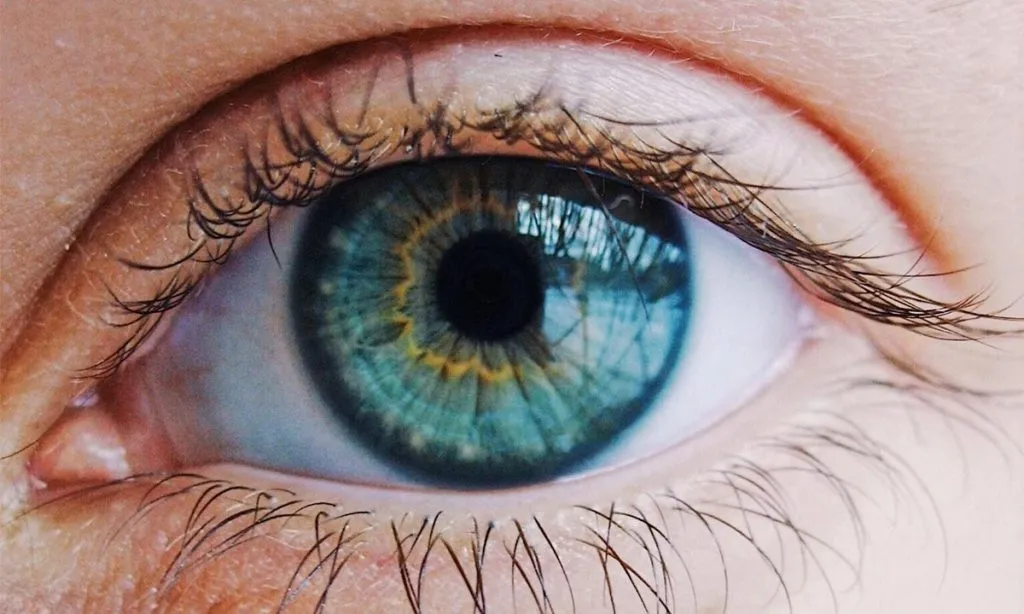
Revealed the reason why diabetes prevents wounds in the eye cornea
Although much of the care of the diabetic disease of the eye is in the retina, up to 70% of diabetes patients suffer problems of the cornea, the transparent and protective outer surface of the eye.In advanced diabetes, cornea stem cells become dysfunctional and healthy cornea more slowly and less completely after an injury or procedures such as cataract surgery and laser treatment for diabetic retinopathy.
Now, researchers from Cedars-Sinai Center in Los Angeles (USA) have provided a new understanding of how diabetes delays the healing of wounds in the eye, identifying for the first time two changes in the cornea related to the disease.The findings, published in the magazine ´Diabetologia´, also identified three therapeutic pathways that reversed these changes and partially restored the wound healing function in the cornea.
"We discovered that diabetes induces more cell changes than we knew before," Prof.Alexander Ljubimov, director of the Eye Program at the Institute of Regenerative Medicine of the Board of Governors of Cedars-Sinai."The discovery does not affect the sequence of genes, but implies specific modifications of DNA that alter the expression of genes, which is known as epigenetic alterations."
Responsible protein of wound healing
This research also identifies an important role of WNT-5A, a secret signaling protein that the researchers found responsible for the healing of wounds in the cornea."The understanding of this new cure mechanism of epigenetically regulated wounds could lead to therapeutic treatments that could help patients avoid more long -term ocular health problems," said prof.Ruchi Shah, scientist at the Ljubimov laboratory and first author of the study.
To identify the epigenetic changes discovered in this study, and that are not integrated into the genome from birth, but which were later introduced, LJUBIMOV and their equipment compared cells of the corneas of six diabetic patients with those of five healthy donors.They discovered that in the diabetic corneas, the protein product of the WNT5A gene was repressed.In addition, in diabetic samples they found an increase in microarn that inhibits WNT5A.
Then, the team of scientists induced wounds to cornea cells in crops and crops of cornea organs, and tested three interventions designed to normalize the expression of the WNT-5A protein.They added the WNT-5A protein directly;They introduced a DNA methylation inhibitor, originally approved to treat cancer;And they went to microarn levels with a new gene therapy approach using a nanoscale compound.The team developed the compound, which uses synthetic molecules to block the microarn, as a substitute for viral gene therapy that they found toxic to stem cells.
The three therapeutic methods, in diabetic samples, stimulated the production of stem cell markers and improved tissue regeneration, accelerating wound healing.
"The new therapies to reverse epigenetic effects could improve the function of the cornea and can also be significant in other diabetic complications," according to prof.Clive Svendsen, director of the Institute of Regenerative Medicine of the Board of Governors and Co -author of the study."This work undoubtedly helps to advance the field."
Researchers will continue to analyze their data to better understand WNT5A mechanisms and other genes related to wound healing.They are also studying a combined therapy to aim both microarn and DNA methylation in the hope that more completely normalize wounds by increasing WNT-5A protein.

07/20/2023 3:12 p.m.
@fer - Diabetes Tipo 1 desde 1.998 | FreeStyle Libre 3 | Ypsomed mylife YpsoPump + CamAPS FX | Sin complicaciones. Miembro del equipo de moderación del foro.
Co-Autor de Vivir con Diabetes: El poder de la comunidad online, parte de los ingresos se destinan a financiar el foro de diabetes y mantener la comunidad online activa.
I have always thought that we only have 2 eyes and despite wearing glasses from 8 years of age (atgmatism and myopia) I have never dared to operate, but I always have the doubt and yes ...
This information is welcome because I had no idea.It is good to know of this in case any clinic tries to strain and go informed or better not to go, diabetes conditions us in all areas of our life ...

07/20/2023 10:38 p.m.
Diabetes Tipo 2 (2014) con 38 años - Neuropatía Diabética (2013) - Polineuropatía Diabética sensitiva axonal moderado-grave en miembros inferiores (2021) - Jubilado en 2022 con 45 años. (Synjardy (Mettformina) - Trulicity - Ozempic - Gabapentina). HBA1c: 4,5%. Discapacidad del 35% - Presbicia con 45 años (ya no veo de cerca, pero no hay retinopatía diabética en los ojos). Abuela materna y Abuela paterna e tíos diabéticos tipo 1
Well, I have diabetic retinopathy and I fed my left eye with the argon laser, if you have no choice you have to do it, I had a lotThe long one is worse
07/21/2023 3:30 p.m.
